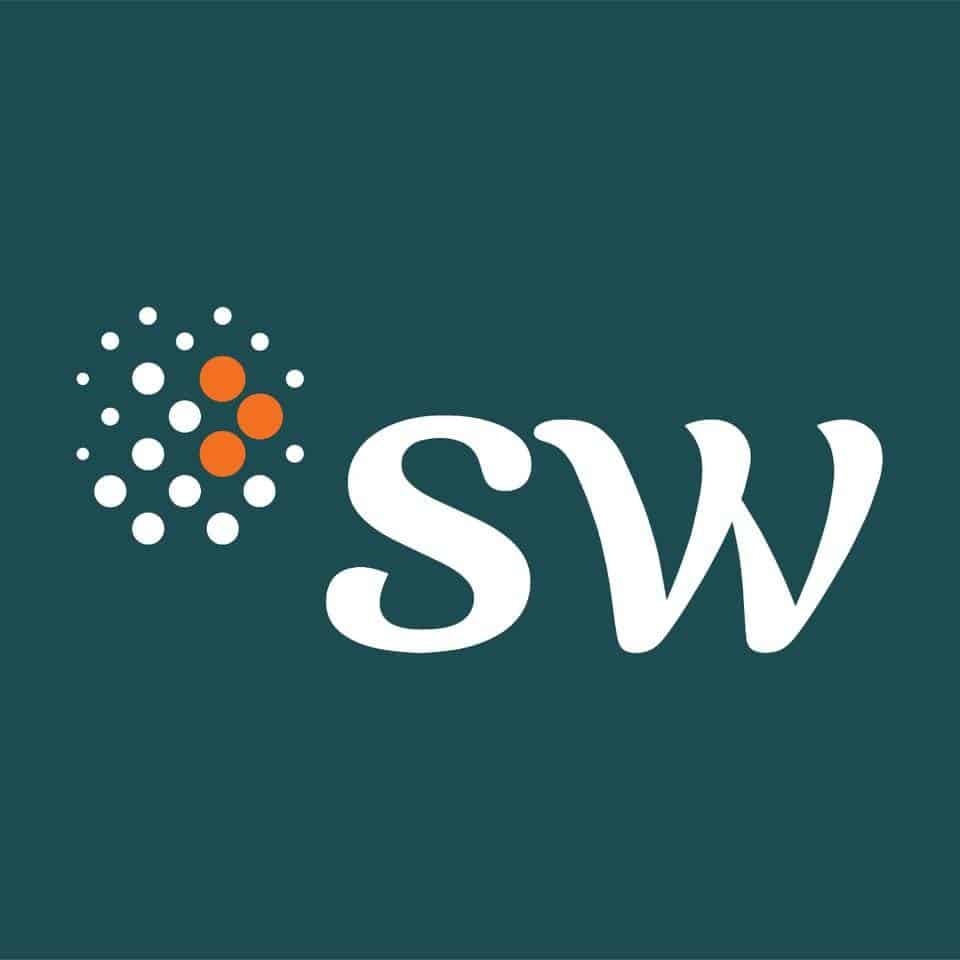The market for Infrastructure Project Accounting is segmented by the infrastructure segment (Social Infrastructure, Transportation Infrastructure, Extraction Infrastructure, Manufacturing Infrastructure). The infrastructure sector in Indonesia is estimated to grow at a CAGR of approximately 3% during the forecast period.
Table of Contents
Indonesia’s government increased its infrastructure investment needs by USD 429.7 billion in 2020-2024, up 20% from USD 359.2 billion in 2015-2019. Currently, the financing of infrastructure through the Government and Private Cooperation Scheme has reached 83 projects with a total investment of USD 40 billion. Meanwhile, 30 projects with a total value of USD 50 billion were generated for the non-government budget expenditure financing scheme. Public-Private Partnership(PPP) scheme is set to build 11 projects with a potential project value of Rp19.7 trillion in 2020. Besides that, the government has four focuses on its budget, namely education, healthcare, social protection and infrastructure.

In 2020, the PUPR Ministry will continue its priority and strategic initiatives to improve national priority achievements, which are infrastructure and balanced regional growth, as well as the sustainability of food, energy and living climate, in the infrastructure sector. Those national priorities are implemented through a water resource management by improving quantity, quality and water accessibility, which is covered by on-going dam constructions (49 dams).
Infrastructure Projects in Indonesia
Based on our experience, many important infrastructure projects in Indonesia are built by involving foreign companies with Public and Private Cooperation Schemes. SW Indonesia supports construction companies from China, Korea and Japan that finance projects including high-speed railways, toll roads, airports, ports, bridges and power plants. To support their business activities, these companies chose SW Indonesia for the consulting, auditing, tax, compliance and accounting services need.
Infrastructure Project Accounting: The Standards
Companies engage into infrastructure projects must comply with certain statutory requirement specifically on the applicable accounting standard. The recognition of revenue in relation to infrastructure projects such as the construction projects is covered under the new accounting standard “PSAK 72 Revenue from Contracts with Customers” which was effective since January 1, 2020. This PSAK 72 is an adoption of IFRS 15 which creates a single standard of revenue recognition that applies to most contracts with customers and replaces most PSAK that relates to revenue recognition including the PSAK for Construction Contracts. Therefore, revenue recognition for construction contracts is currently covered under the new PSAK 72.
5-Step Model in Revenue Recognition
The PSAK 72 has introduced the 5-Step Model in revenue recognition as follows:
First, identify the contract with customer. This stage essentially identifies whether the contract performed meets the definition of revenue in accordance with PSAK 72.
Second, identify performance obligations. An execution obligation is a promise to deliver goods and services that can be distinguished based on two criteria, namely distinguishable (distinct) and distinguishable in the context of the contract. If the goods and services are not distinct, they can’t be provided one without the other one (this is very simplified explanation) and thus they must be treated as one single performance obligation. Most construction contracts will contain just one performance obligation, because the contract would be to build or construct something for the customer and is negotiated as a whole package where a customer has no choice than to get the full package from the supplier.
Third, determine the transaction price. There are several things that must be emphasized as in reality there could be some variability involved, like progress or performance bonuses, significant funding components, and non-cash rewards. These estimates should be taken into account too based on their probability.
Fourth, allocate the transaction price to the individual performance obligations. There are several possibilities for the use of prices, namely by allocating based on a relative stand-alone selling price or by determining a stand-alone selling price.
Fifth, recognize revenue when (or as) the entity satisfies a performance obligation. The entity recognizes revenue when or during which the entity fulfills its performance obligations by transferring the promised services.
Recognition of Revenue over Time
PSAK 72 contains specific, and more precise guidance to be applied in determining whether revenue is recognized over time (often referred to as “percentage of completion” method) or at a point in time. The general principle is that revenue is recognized at a point in time. However, if any of the criteria (over-time recognition criteria) enumerated in PSAK 72 is met, then revenue should be recognized over time.
Challenges and Opportunities : COVID-19 Pandemic Time
Although heavily impacted by the disruption caused by the COVID-19 pandemic, national infrastructure construction output still expanded in 2020, as governments sought to stimulate economic activity through investments in transport infrastructure and clean energy.
The Opportunities during COVID-19 Pandemic
Ultimately, the national shift to sustainable infrastructure will require interventions and collaborative action from multiple participants. These include not just public – private cooperation and consolidated effort, but also new ways of measuring impacts and the development of innovative instruments geared to financing green infrastructure projects. Also important at a national and regional level will be factors such as regulatory frameworks, subsidies and tax regimes. These overlapping considerations mean the task of funding and building sustainable infrastructure is arguably one of the biggest and most complex challenges that the global financial and political system has ever faced. But it’s a challenge that must be overcome.
Infrastructure is relatively underinvested in advanced technologies compared to other capital-intensive industries. In the current environment, pressure from reductions in capacity and rising costs may encourage asset owners and project managers to accelerate the adoption of technologies such as artificial intelligence and robotics.
There is also an opportunity to reduce maintenance capital expenses using technologies such as intelligent drones. These drones reduce the need for onsite workers, thus increasing safety, and they can dramatically improve preventative maintenance inspecting, and scoping work faster than existing methods and providing more detailed information about required repairs.
More broadly, the shift to remote working arrangements across many industries has underlined the growing need for secure, resilient, cloud-based technologies and connective infrastructure. Growing usage of cloud technology will boost demand for data transmission and storage assets including fiber networks, data and edge data centers, and telecommunication towers that are already popular among infrastructure investors.
The Negative Impact of COVID-19 Pandemic
The negative impacts of COVID-19 had on national economies and the economic livelihood of governments, businesses, and individuals. But significantly lower usage rates in infrastructure during the pandemic and the resulting shortfall in financing and maintenance have gotten the attention of local and national governments, which have been focusing on allocating financial resources to the immediate needs of health care and supply chains over the past 2 years.
COVID-19 constitutes a demand and a supply shock that has resulted in construction interruptions or delays due to a lack of personnel, supply chain disruptions, or delays in government approvals throughout the world. In many sectors, assets dependent on user fees have faced a dramatic decrease in demand that has resulted in substantial revenue losses for project sponsors. This has increased project risks, such as default events, termination, insolvency or governments breaching contracts.
Post-Pandemic Trends and Geographic Diversity
With post-pandemic everything is getting back to normal, further trend in the development of infrastructure will be increased geographical diversity. Although construction activity in prior years has been concentrated in Jakarta and the surrounding provinces of Banten and West Java, the Jokowi administration has decentralized business activity away from Java. Many projects have been materialized in recent years between China and Indonesian constructors such as hydropower plants in North Kalimantan, as well as coal-fired power plants, industrial parks, ports, and other facilities in Central Kalimantan, North Sumatra, North Sulawesi, and on the Bali resort island.
If you’re seeking expert assistance with infrastructure project accounting in Indonesia, SW Indonesia is here to support you. With our extensive experience in serving construction companies involved in high-profile projects, we provide comprehensive consulting, auditing, tax, compliance, and accounting services tailored to meet your specific needs. Our team of professionals understands the complexities of infrastructure accounting and can guide you through the regulatory requirements and best practices. Contact us today at +62 2993 2132 to ensure the success of your infrastructure projects and to optimize your financial management in this dynamic industry. Let SW Indonesia be your trusted partner in navigating the intricacies of infrastructure project accounting.













